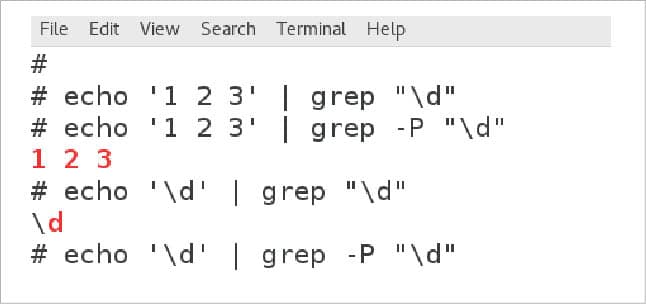
If the input is standard input from a regular file, and NUM matching lines are output, m NUM, -max-count= NUM Stop reading a file after NUM matching lines. l, -files-with-matches Suppress normal output instead print the name of each input file from which output would normally have been printed. L, -files-without-match Suppress normal output instead print the name of each input file from which no output would normally have been printed.

Theĭeprecated environment variable GREP_COLOR is still supported, but its setting does not have priority. The colors are defined by the environment variable GREP_COLORS. Surround the matched (non-empty) strings, matching lines, context lines, file names, line numbers, byte offsets, and separators (for fields and groups ofĬontext lines) with escape sequences to display them in color on the terminal. With the -v, -invert-match option (see below), count General Output Control -c, -count Suppress normal output instead print a count of matching lines for each input file. x, -line-regexp Select only those matches that exactly match the whole line. Word-constituent characters are letters, digits, and the underscore. Similarly, it must be either at the end of the line or followed by a non-word constituent character. Preceded by a non-word constituent character. The test is that the matching substring must either be at the beginning of the line, or w, -word-regexp Select only those lines containing matches that form whole words. v, -invert-match Invert the sense of matching, to select non-matching lines. i, -ignore-case Ignore case distinctions in both the PATTERN and the input files. The empty file contains zero patterns, and therefore matches nothing. f FILE, -file= FILE Obtain patterns from FILE, one per line. This can be used to specify multiple search patterns, or to protect a pattern beginning with a hyphen ( -). Matching Control -e PATTERN, -regexp= PATTERN Use PATTERN as the pattern. This is highly experimental and grep -P may warn of unimplemented features. P, -perl-regexp Interpret PATTERN as a Perl regular expression. G, -basic-regexp Interpret PATTERN as a basic regular expression (BRE, see below). F, -fixed-strings Interpret PATTERN as a list of fixed strings, separated by newlines, any of which is to be matched. Matcher Selection -E, -extended-regexp Interpret PATTERN as an extended regular expression (ERE, see below). This version number should be included in all bug reports (see below).

V, -version Print the version number of grep to the standard output stream. Print a usage message briefly summarizing these command-line options and the bug-reporting address, then exit. Direct invocation as either egrep or fgrep is deprecated, but is provided to allow historical applications that rely on them to In addition, two variant programs egrep and fgrep are available. By default, grep prints the matching lines. And sed does not have an option to support PCRE.Grep searches the named input FILEs (or standard input if no files are named, or if a single hyphen-minus ( -) is given as file name)įor lines containing a match to the given PATTERN. The Gnu version of grep supports this option, but the man page says “This is experimental and grep -P may warn of unimplemented features.” I don’t know whether other implementations of grep support PCRE. Grep will understand \d if instead you use the -P option, telling it you want to use Perl-compatible regular expressions (PCRE). Python, Perl, and Awk will understand this, but grep will not, even with the -E option. I used the shortcut \d to denote a digit.

Let’s start with the following regular expression. Optionally there may be a decimal followed by one of two more digits. Numeric ICD-9 codes are at least three digits. Most ICD-9 diagnosis codes are just numbers, but they may also start with E or V. Tell them to search on extended regular expressions and some of your frustration will go away.Īs an example, we’ll revisit a post I wrote a while back about searching for ICD-9 and ICD-10 codes with regular expressions. That’s because what you think of as simply regular expressions, these tools consider extended regular expressions. If you learned regular expressions by using a programming language like Perl or Python, you may be surprised when tools like grep seem broken.


 0 kommentar(er)
0 kommentar(er)
